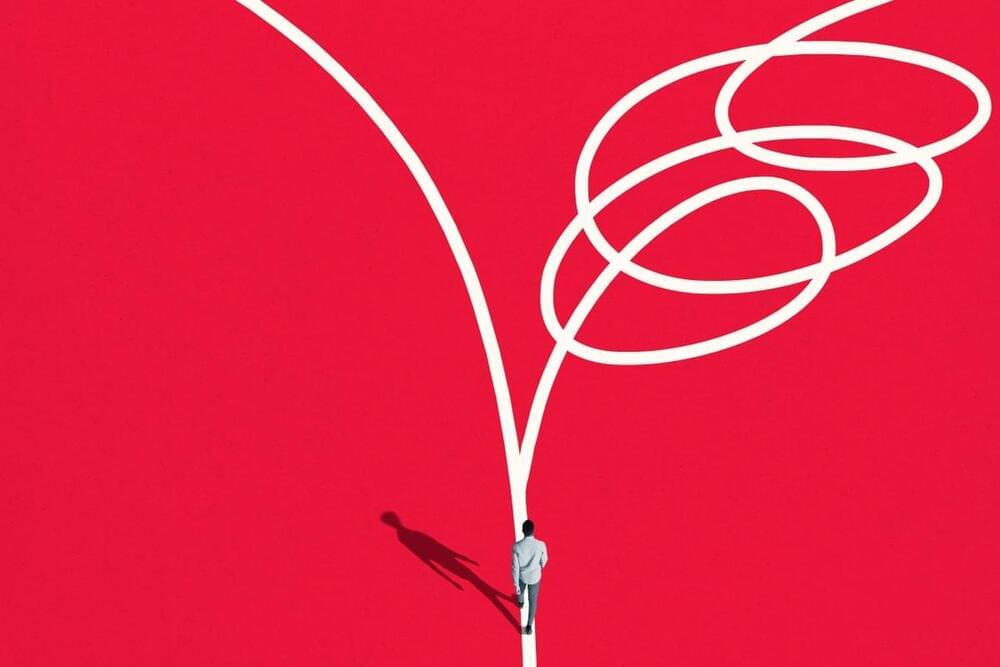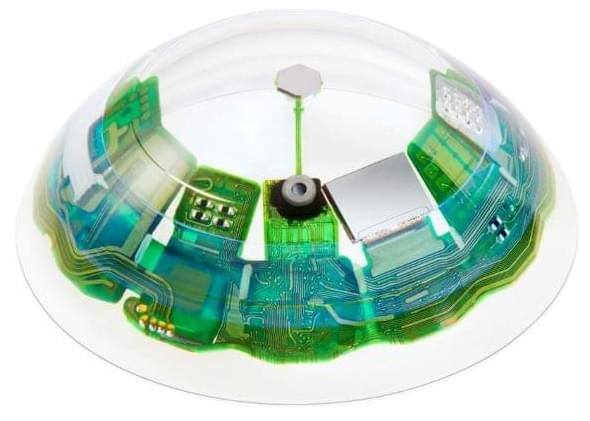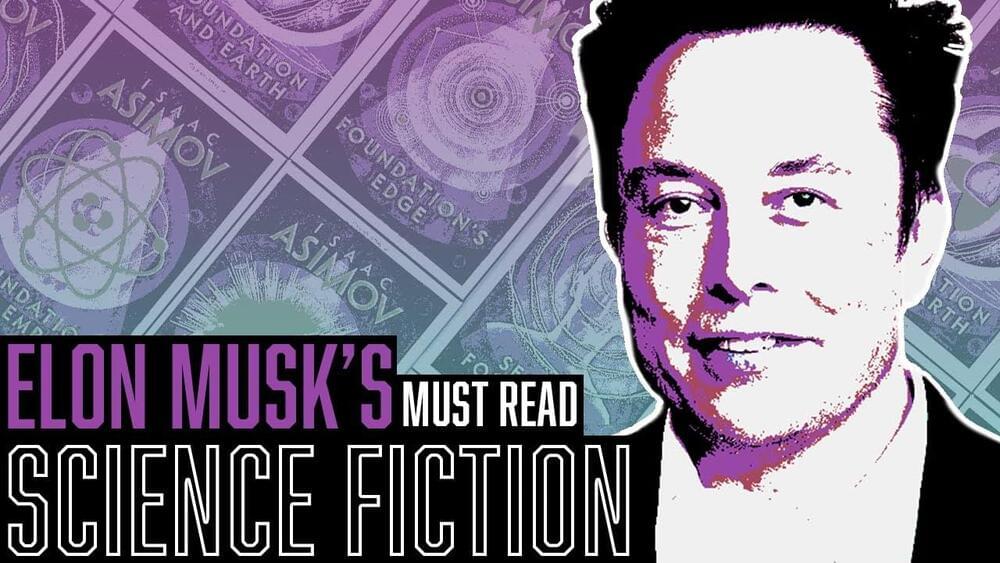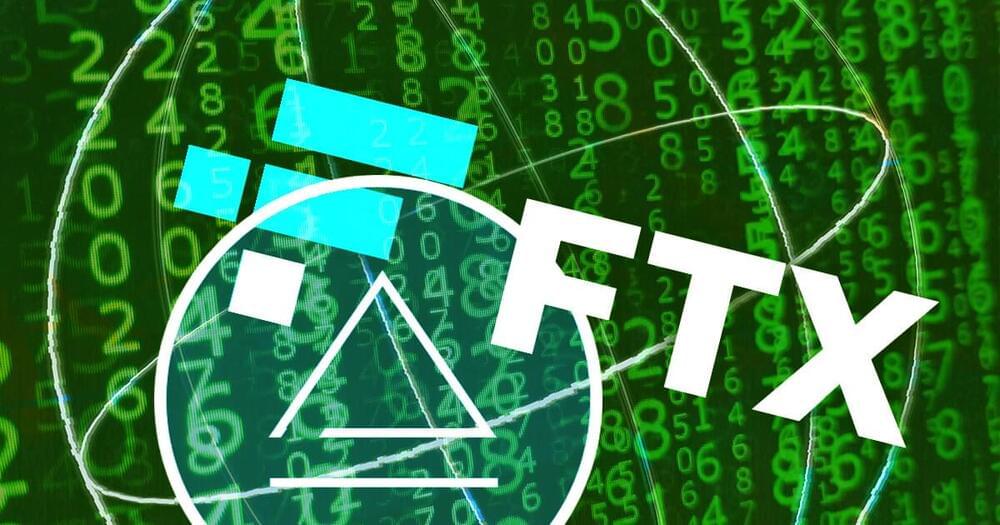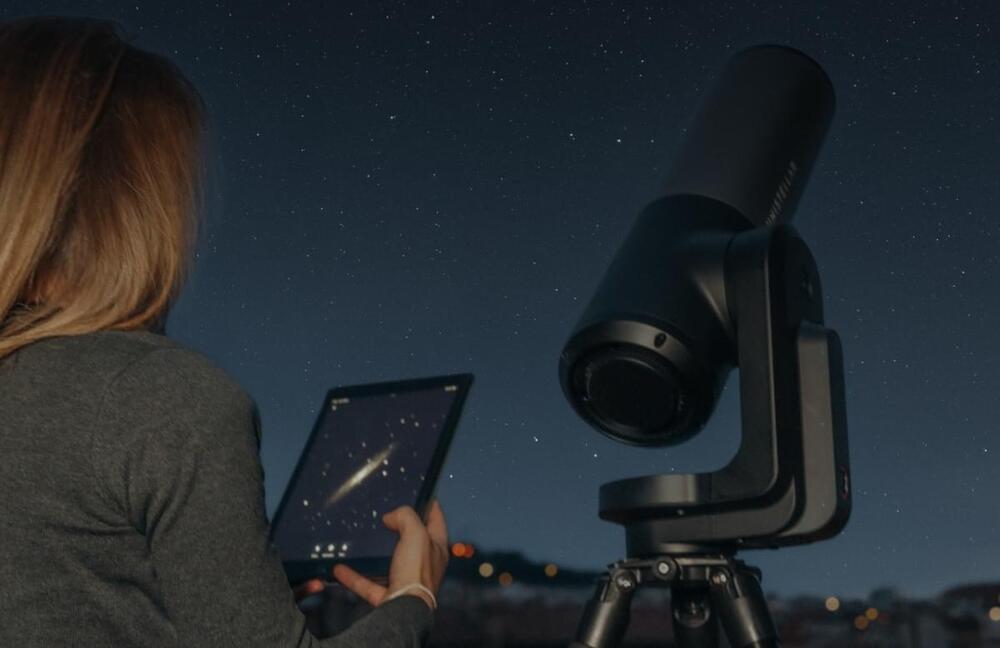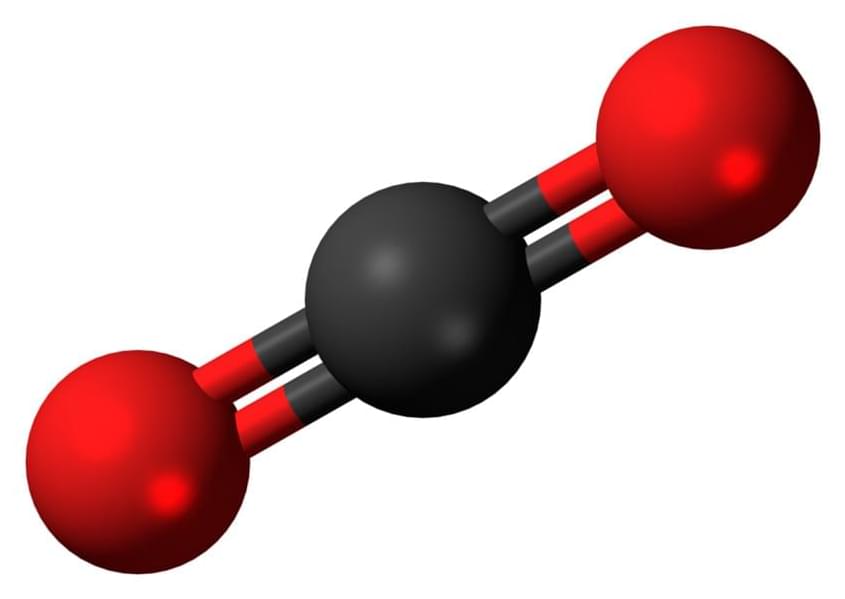ChatGPT3 became the newest internet sensation last year when it allows users to generate text and answer complex questions in a manner that seems almost human. But, beyond the prowess of ChatGPT3, the underlying impact of the technology — generative AI — on business is only just coming into focus.
ChatGPT3, together with its image-generating cousin Dall-E, has the potential to revolutionize the way content is created, from blogs to white papers, student essays to business correspondence. It provides access to expert-level syntax and grammar to anyone who uses it. But this also raises some important ethical questions.
This is not the first time that technology has captured the attention of the public. IBM Watson made headlines in 2011 when it won the television game show Jeopardy! and Amazon’s AMZN virtual assistant, Alexa, has been answering questions through smart speakers since its commercial debut in 2014.


